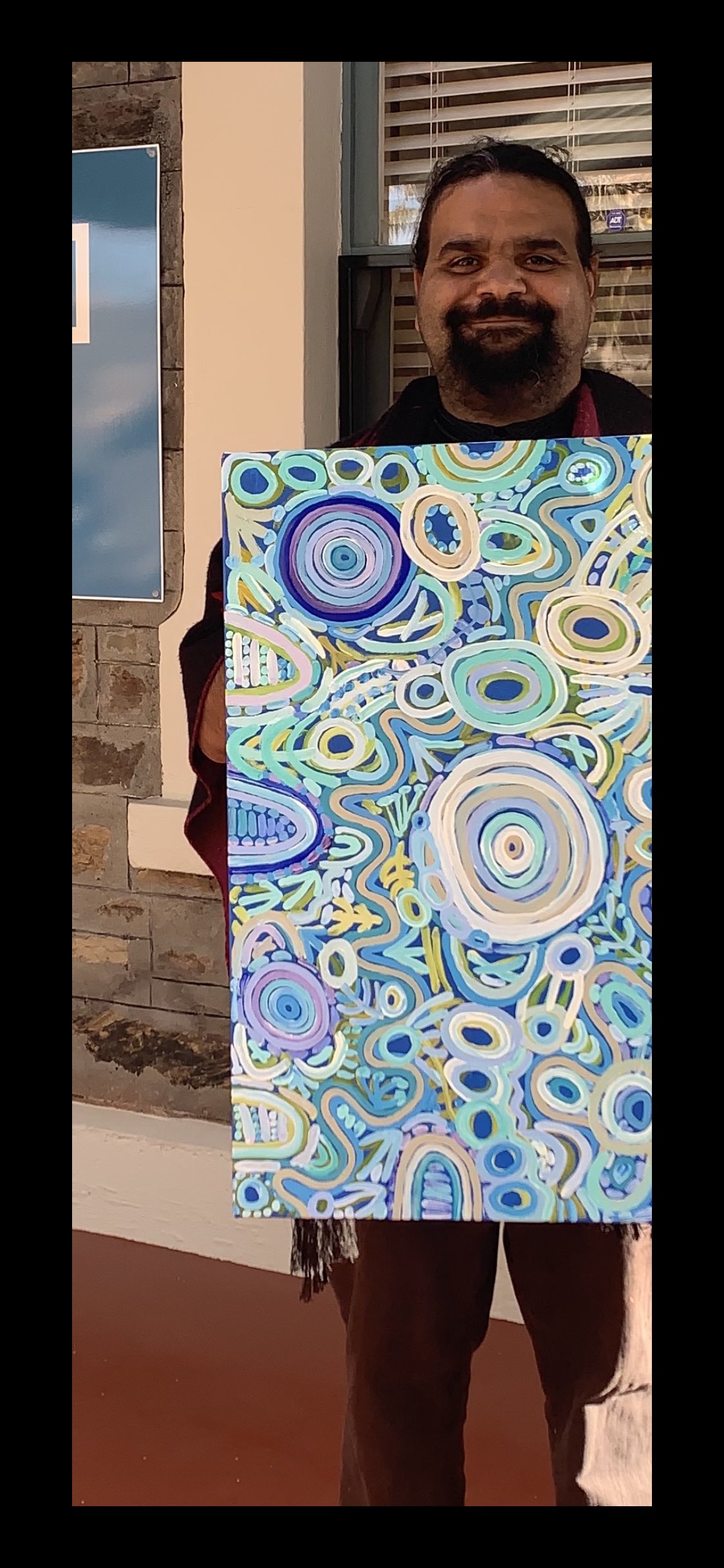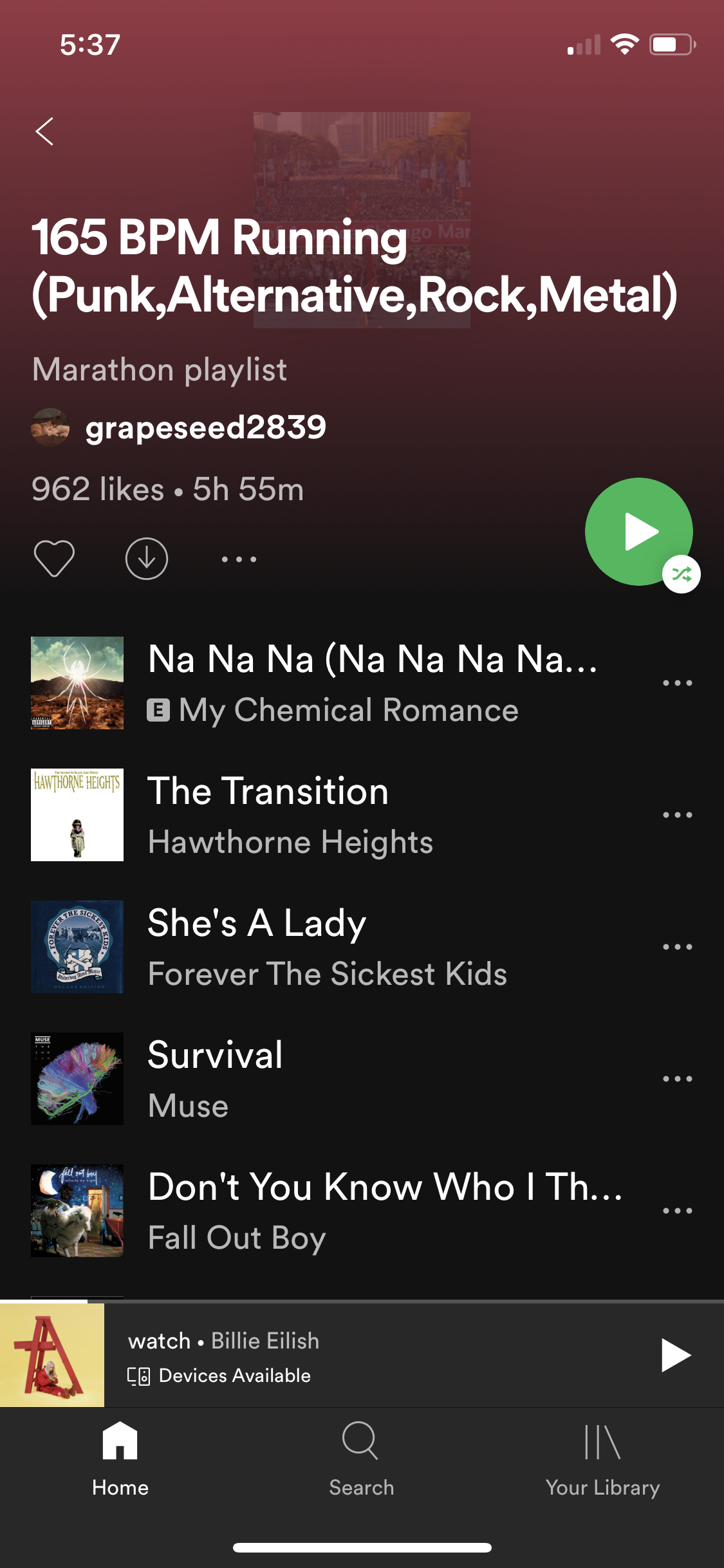MA Q& A – Fiona Fallo
A clinical psychologist in Adelaide and a member of Meditation Australia since 2015, Fiona Fallo has been teaching meditation as part of her work since 2008. After becoming an MA member she began teaching “more generally to members of the public, and to Allied Health practitioners as well as to patients.”
From her Norwood studio Fiona teaches a variety of practices including Vedic, stillness, mindfulness, compassion practices and some sound work. Her clientele is diverse – from First Nations people and post-natal mums, to physios, psychologists and members of the public. She also goes to workplaces and building sites. “The best site visit experience was last year at a factory in Gillman,” she says. “After giving a presentation about mental health, a Site Supervisor unexpectedly asked me to guide a meditation – so 70 people wearing hi-vis vests, steel caps and hard hats joined me for a 30-minute practice followed by lots of hugs, cheers and pats-on-the-back!”
The “main meditation” Fiona teaches is “an old, simple method informed by the Shankaracharya tradition which understands meditation as an effortless flow of the mind towards happiness”. She says that this Vedic tradition “shares many close similarities with ‘ways of being’ described by Aboriginal peoples here in Australia.”
Inherent to Fiona’s work is acknowledgement of Indigenous country and culture. “Respecting custodians of country, listening to Aboriginal voices and understanding meditation through commonalities and differences between ancient wisdom traditions are the more distinctive parts of my approach to teaching meditation. She hopes this approach might catch on, “so that more meditation teachers in Australia will be informed by connections to Aboriginal peoples, in line with the UN Declaration on the Rights of Indigenous Peoples.”
What’s the story behind your first meditation experience?
Thank you for the chance to answer these great questions. Firstly; I’m writing from Kaurna country today so I acknowledge Kaurna people as the traditional custodians here and recognise their continuing connection to culture, community, land waters and sky. I pay respect to Elders past and present and emerging leaders. I extend that respect to our Ngarrindjeri and Peramank neighbours and to all Traditional custodians of country throughout Australia and internationally. I hope the work we do benefits First Nations people and all people.
My earliest meditative experiences happened as a child when I stayed in the Ikara (Flinders Ranges) region and learned to pay attention to detail to the vast country and sky. An affinity with both ‘meditation’ and Adnyamathanha peoples developed and by the age of 12 I had a regular contemplation practice. I continued this until I found some of Thich Nhat Hanh’s famous gathas in my late teens and started using those. I think these were the first ‘sitting meditations’ I did from home; I continued with those and other popular Buddhist methods for about 10 years.
By the time I had young kids (I’m a mum of four), I felt like I needed to sit for meditation more often. So I used general methods of ‘stabilising’ and ‘insight’ that I’d learned from my yoga teacher. But soon after beginning daily sittings I unexpectedly had some experiences in meditation that were hard for me to make sense of. After searching for answers I found Advaita Vedanta to be helpful. That tradition described a method that had naturally arisen in my practice, so it was a good fit for me. I’ve stuck with it for the past 9-10 years.
How long did you meditate for today?
I’m writing on a Friday – the day I have shorter work hours – so today I was able to get 3 hours in on my cushion.
A ‘normal’ day is 1 hour on the cushion for me: half an hour in the morning and half an hour in the evening.
Do you use a Meditation App?
I don’t use an app but my son has been using one from Isha Yoga by Sadhguru which looks like a lot of fun! It seems quite comprehensive, providing guided meditations divided into different categories, as well as corresponding yoga practices and frequent inspirations from the guru. My mum loves the app by Deepak Chopra and she raves about his 21-day free meditations too.
What meditation practices are you personally finding beneficial at this particular time of COVID-19?
At times I have felt really worried about community during COVID-19. In order to deal with the increase in worry and agitation I’ve added a compassion practice at the beginning of my personal meditation sessions – mostly from those given by Thich Nhat Hanh. As a clinical psychologist I’m a nerd for science and the findings in this area are unequivocal: compassion really is an effective antidote for anxiety. I’m so grateful to have these practices.
Another way that I have been keeping an ‘even keel’ is by taking guidance from the Aboriginal and Torres Strait Islanders in metropolitan Adelaide. During these times of change the instinct is sometimes to do even more work, to help meet demand while juggling everything else. But Aboriginal wisdom here suggests that we spend time adjusting to change, and where we can, slowing down.
In my quiet moments I let the changes distract me and in the disorientation I let myself honestly consider different world views. I’d encourage fellow teachers to seek out the knowledge of their local Aboriginal and Torres Strait Islanders who hold Intergenerational Wisdom about crisis management and our shared humanity. There’s so much to explore: Two-Way Learning and Songlines and Indigenous Knowledge Systems and Pattern-Thinking. When we develop real relationships with our local Aboriginal peoples – when we learn to listen and place the knowledge shared with us at the centre of the ways we work with all people, especially during times of crisis – we feel a different kind of strength.
What or who inspires you?
It might sound silly and I am sure this will change for me in the future but currently I’m not taking in too much in terms of reading-listening-watching.
It might be an irritating cliché (!) but I have gotten used to allowing connection with what is actually happening in my daily life to be my inspiration. The task of deep listening in day-to-day life is described by Dr Miriam Rose Ungunmerr Baumann (AO), an Elder from Nauiyy in the Daly River, and it’s consistently reinforced by the older Kaurna people I’ve been speaking with over the past 10 years. It feels good to go along in life like this. With regards to other inspirations, there’s a book called Traditional Healers of Central Australia that has a picture on the front of Ngangkari hands; that image moves me every time I see it. And every few months or so I do love to get on to YouTube to watch Swami Sarvapriyananda from the Vedanta Society of New York.
Also posts from Meditation Australia – and the boundless talent of teachers in Australia – ‘get’ me… Gosh, I think when you try naming inspiration it becomes a completely endless list, doesn’t it?!
How might you be changing or adapting your teaching practice at the moment, to accommodate the physical limitations brought about by COVID-19?
I moved my psychology practice to Telehealth but I decided not to adapt my meditation teaching practice during COVID-19. I put a hold on courses and site visits and encouraged people to search the internet for online teachers and practices (such as the daily morning meditation offerings by Meditation Australia with Yoga Australia) because it seemed to me that there were so many excellent options for people to access remotely. I kept in touch with students for moral support too, but we are moving back to holding courses in person again now – yay!
Do you sing in the shower?
No… But the shower sings in me ; )
What’s the best, or most important thing, you’ve learned as a meditation teacher?
I find this a bit of a difficult question to answer, as to me, the lessons of meditation teaching feel like they’re all woven together: I can’t tease out the most important ‘one’ because without all of the teachings nothing on it’s own can stand up. That said, I guess one thing that was really helpful to learn, was that experiences of meditative stillness are the beginning of transformation, not the end point, and that they can naturally occur at the beginning of a meditation journey rather than being something in the distance to ‘strive for’. It gave me confidence to see that methods of ‘least effort’ could be helpful to teach, and that any person who wants to rest the mind, can. So I learned that it’s not the teachings or philosophies or techniques that are the priority, it’s the ability to really see the people/student(s) before me, so that I can help them ‘side step’ their own personal obstacles to just allow the mind to follow its own natural tendency towards rest.
To that end I’ve learned that I’m not ‘teaching’ so much as co-experiencing the opportunity for stillness.
And another wonderful lesson was from Krishnamurti who reminds me “there is no intelligence without love”. Sometimes as meditation teachers we’re dismissed as being ‘unrealistic’ or ‘overly simplistic’ or ‘lacking rigour’… When this happens to me I breathe, make my heart warm, smile and respond (either aloud or in my mind) with Krishnamurti’s words.
Works every time ; )
What’s the most inspiring or loveliest thing you’ve seen or experienced today?
The loveliest thing I saw today was my friend Cedric Varcoe who popped in at work to show me his latest painting.

The most inspiring thing I experienced today was a new punk rock playlist on Spotify for my morning jog. I had flames coming out of my sneakers!

Find out more about Fiona’s work at Adelaide Meditation Studio https://www.adelaidemeditation.com.au/about-fiona
And discover more about Dadirri https://www.youtube.com/watch?v=tow2tR_ezL8
and the work of Dr. Miriam-Rose Ungunmerr (AO) https://www.miriamrosefoundation.org.au/about-us/who-miriamrose
Credits:
Interview: Fiona Fallo
Photos: supplied
Edit: Megan Spencer
Questions: Karen Stone & Megan Spencer
© Meditation Australia 2020

